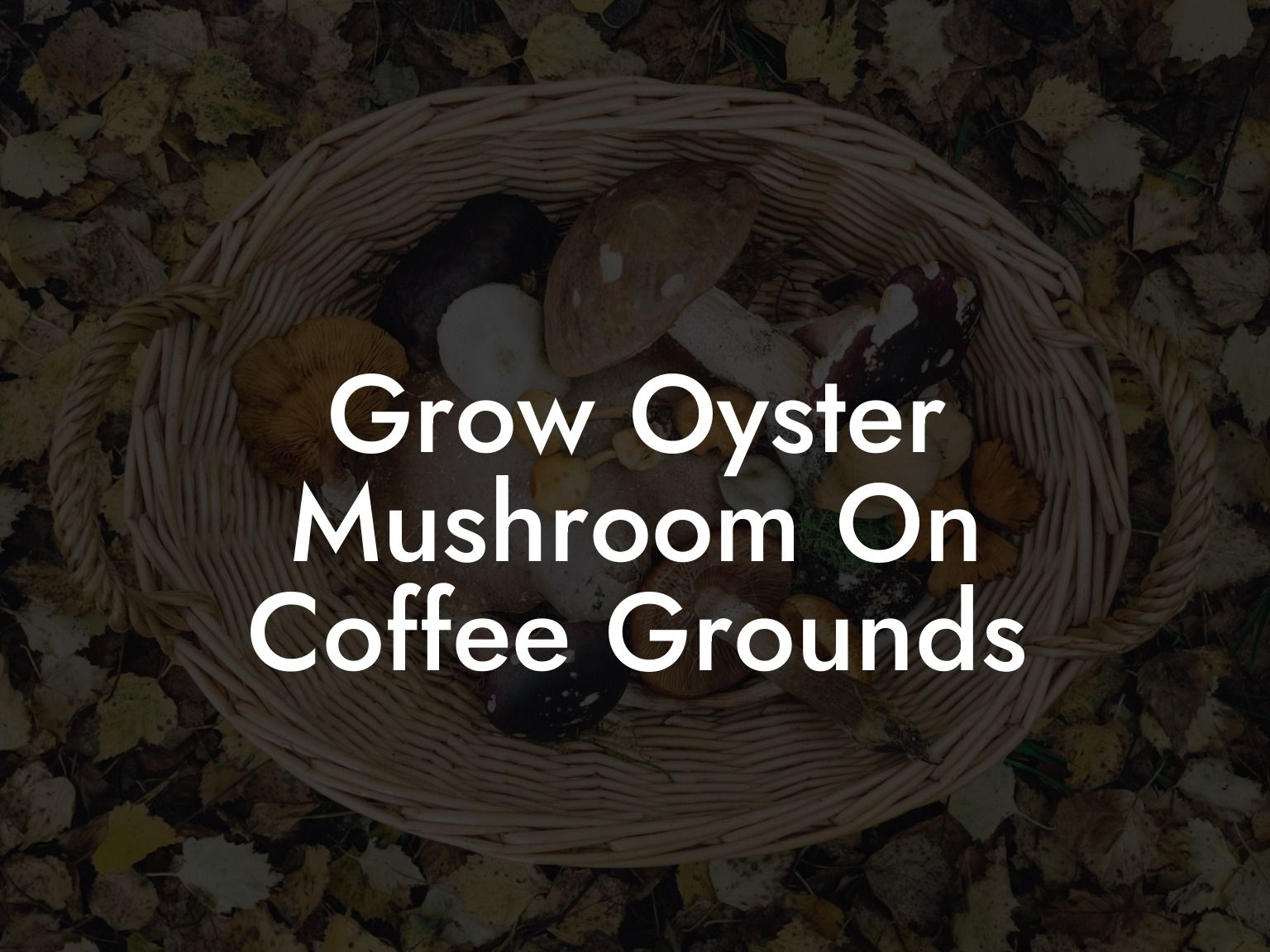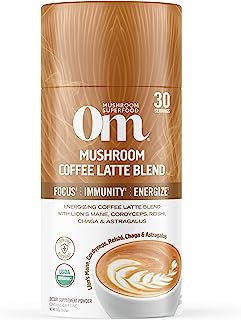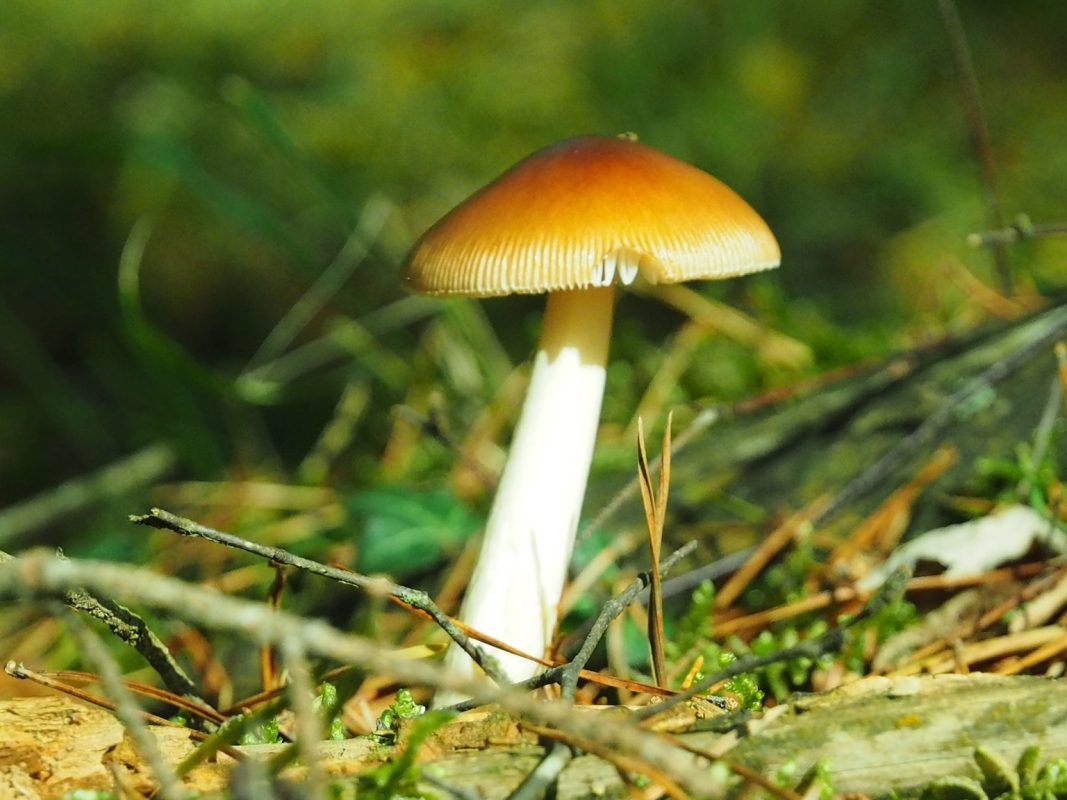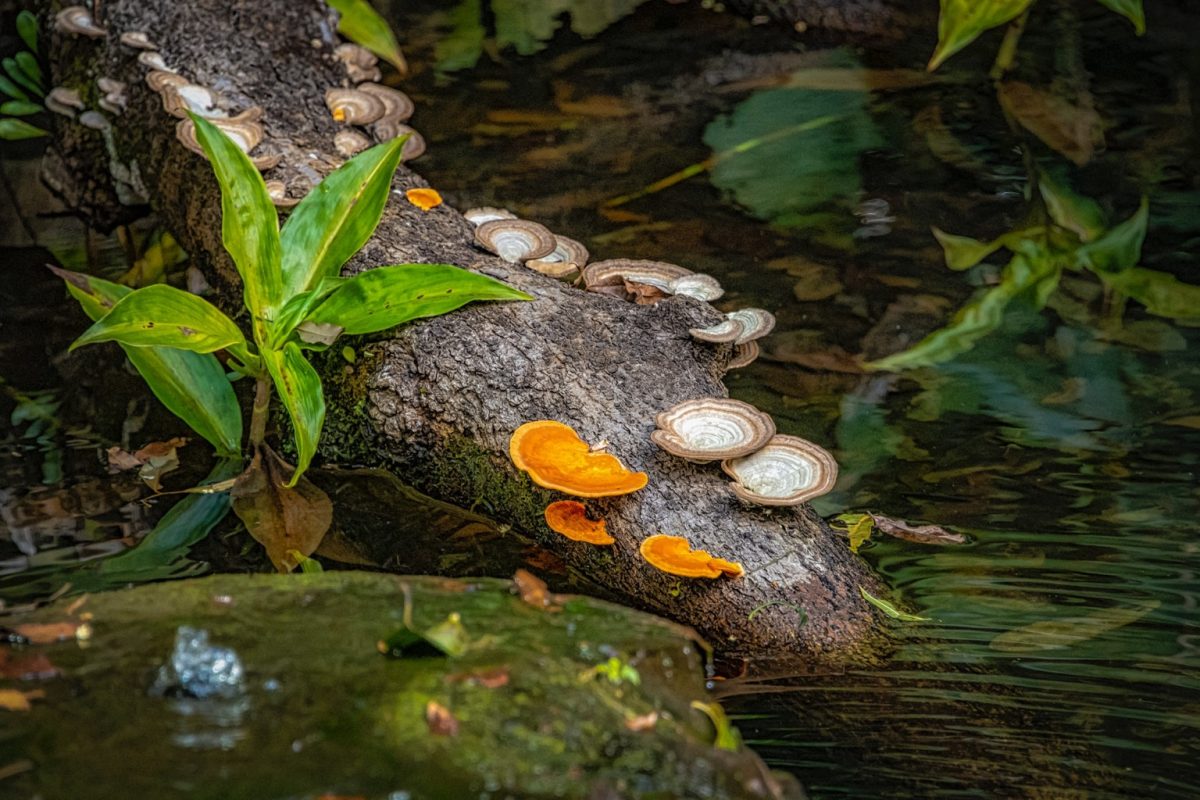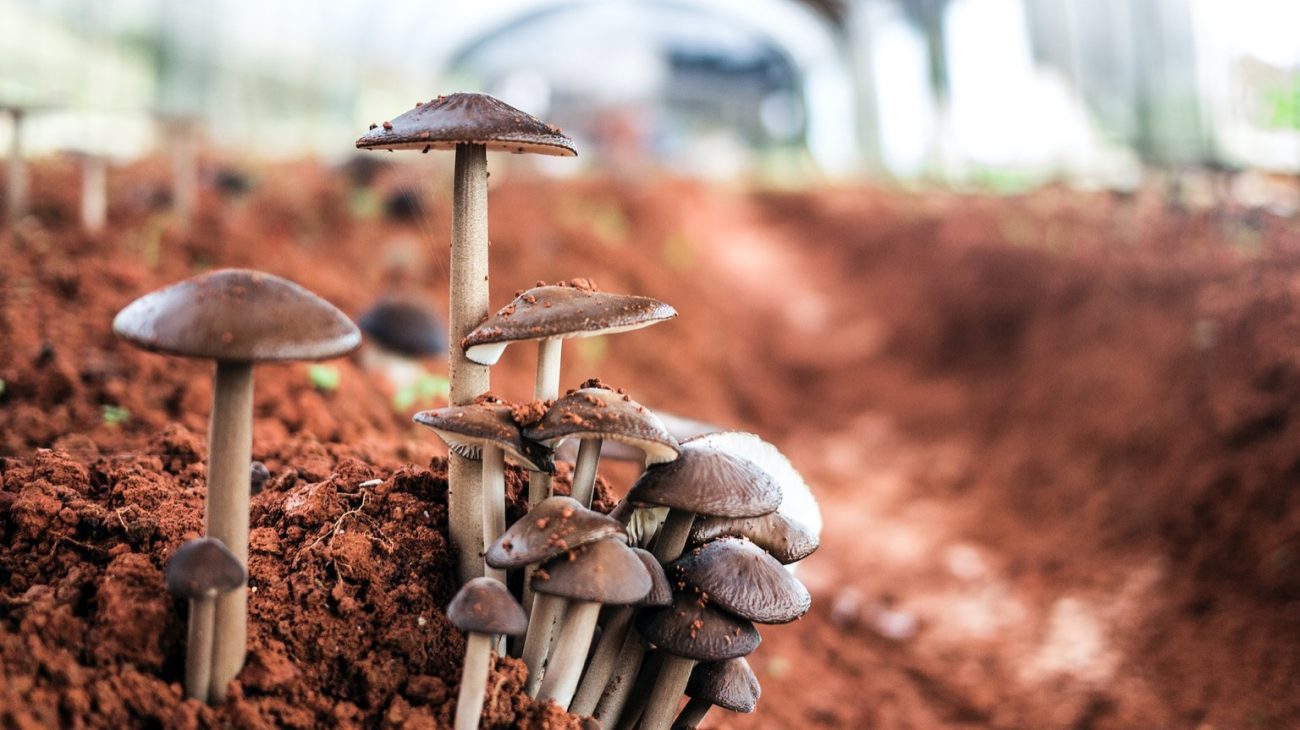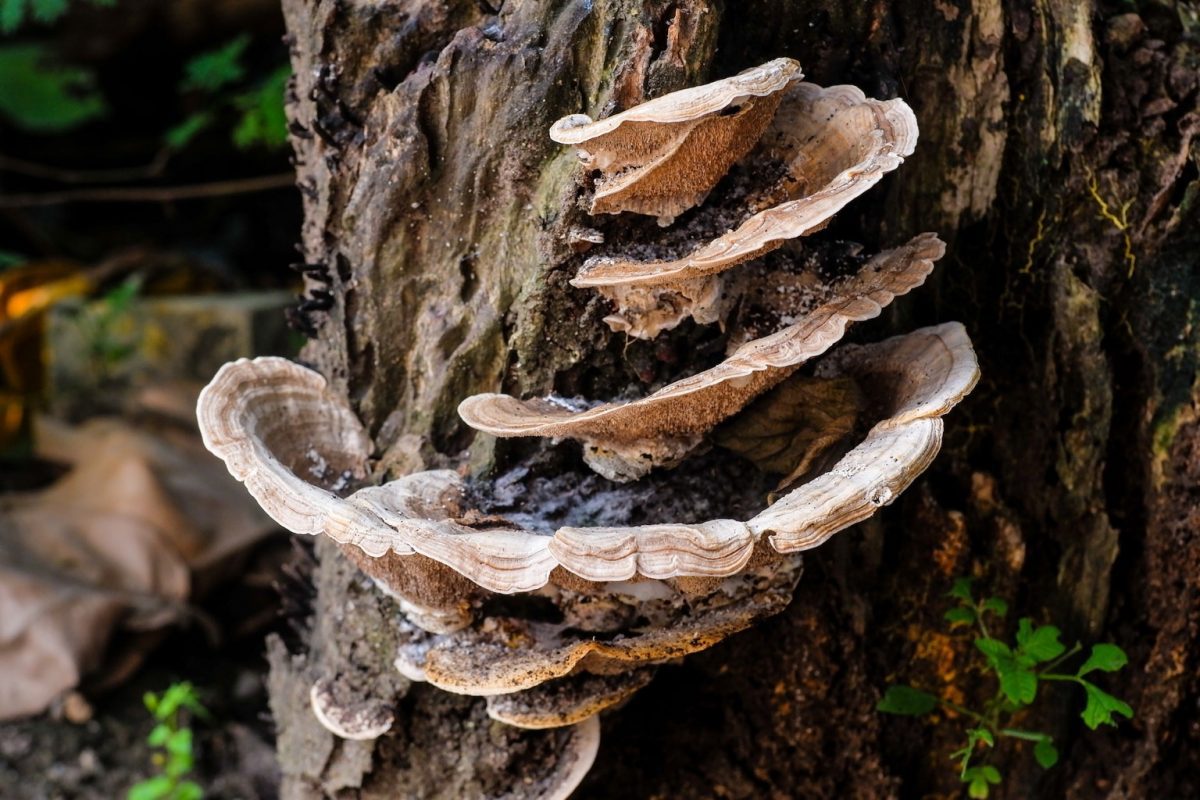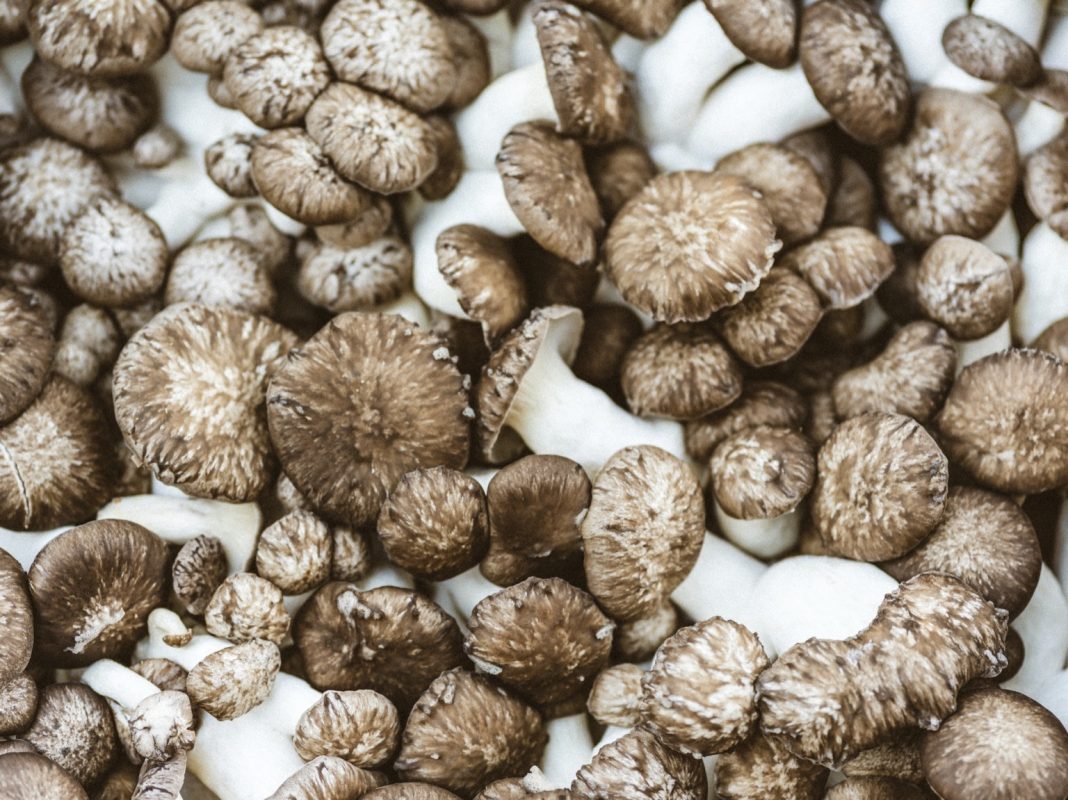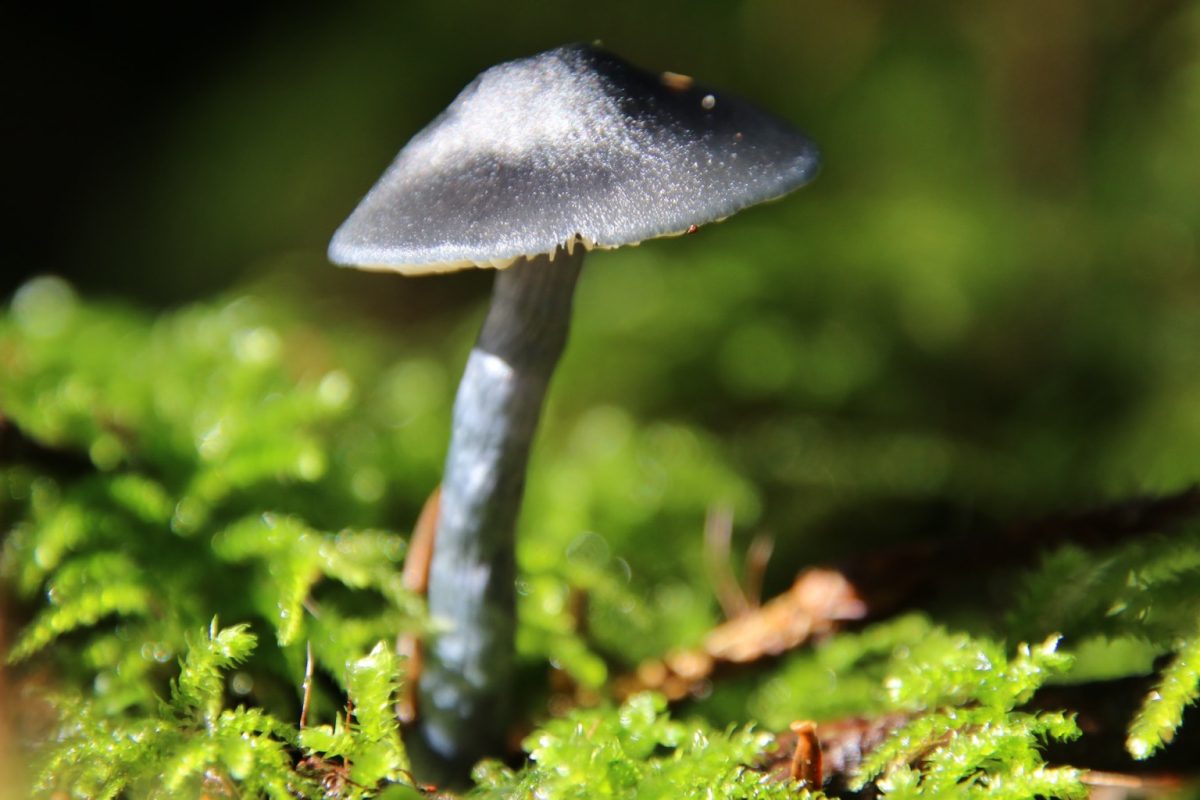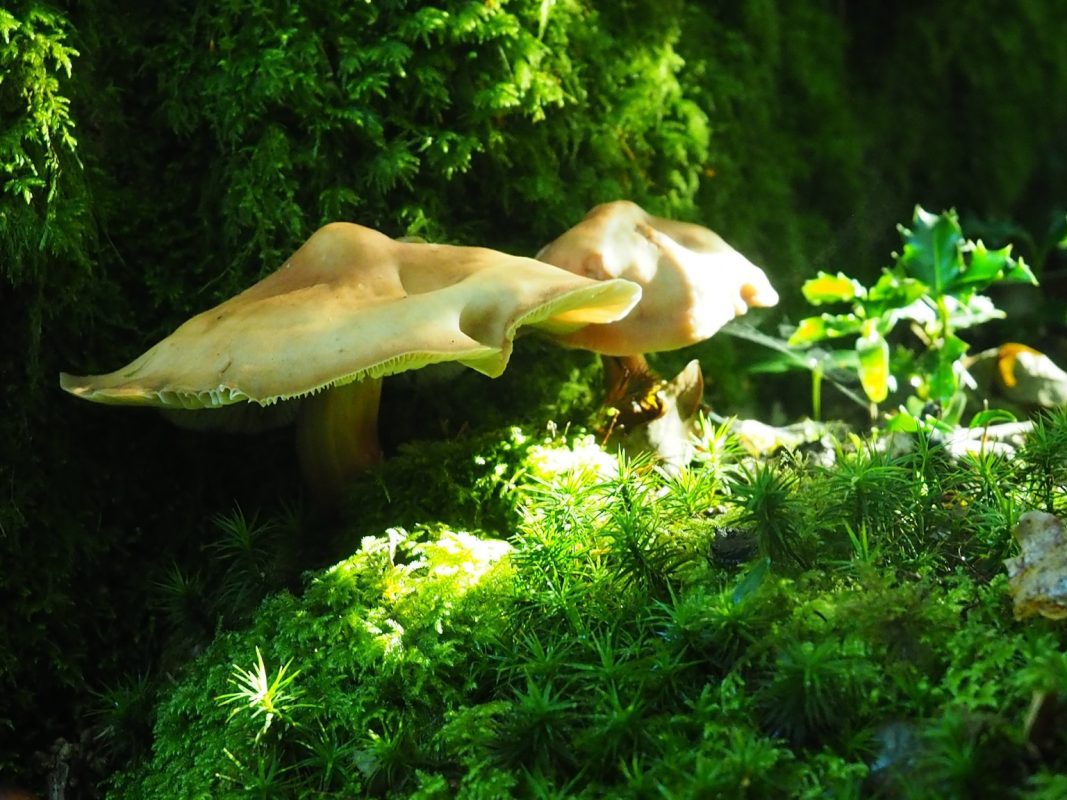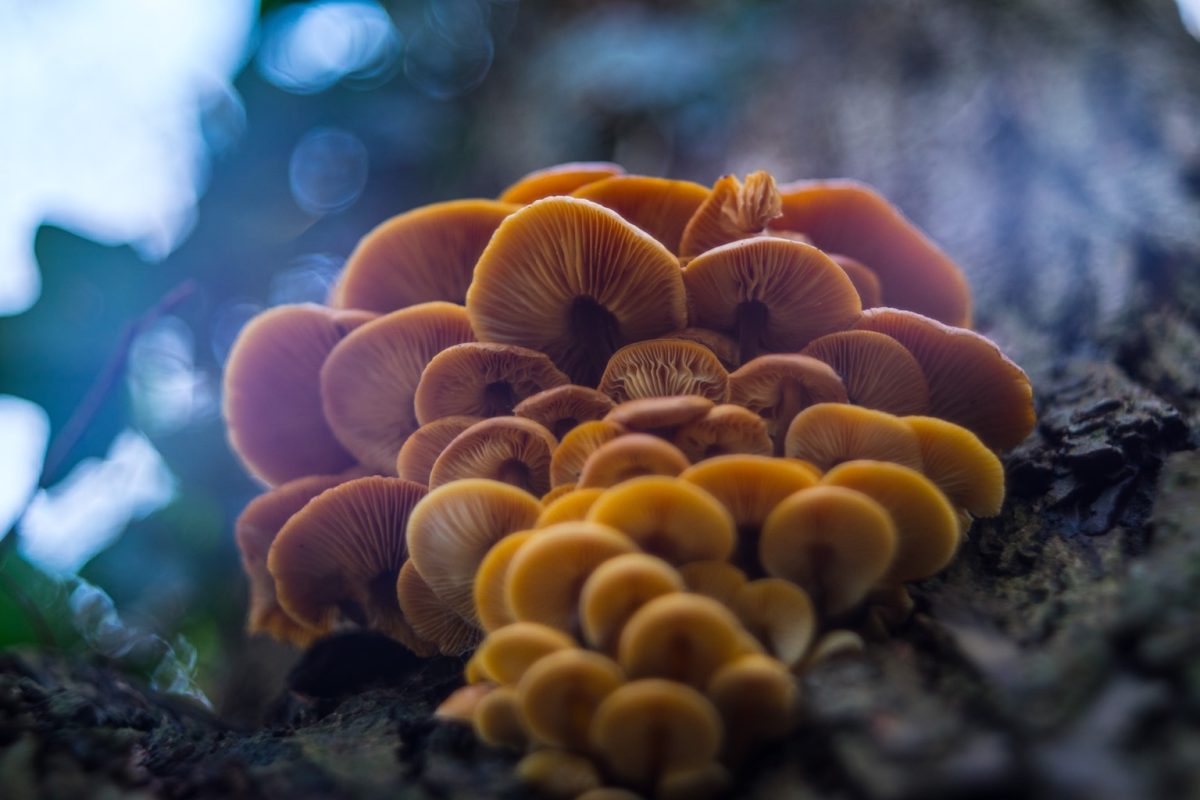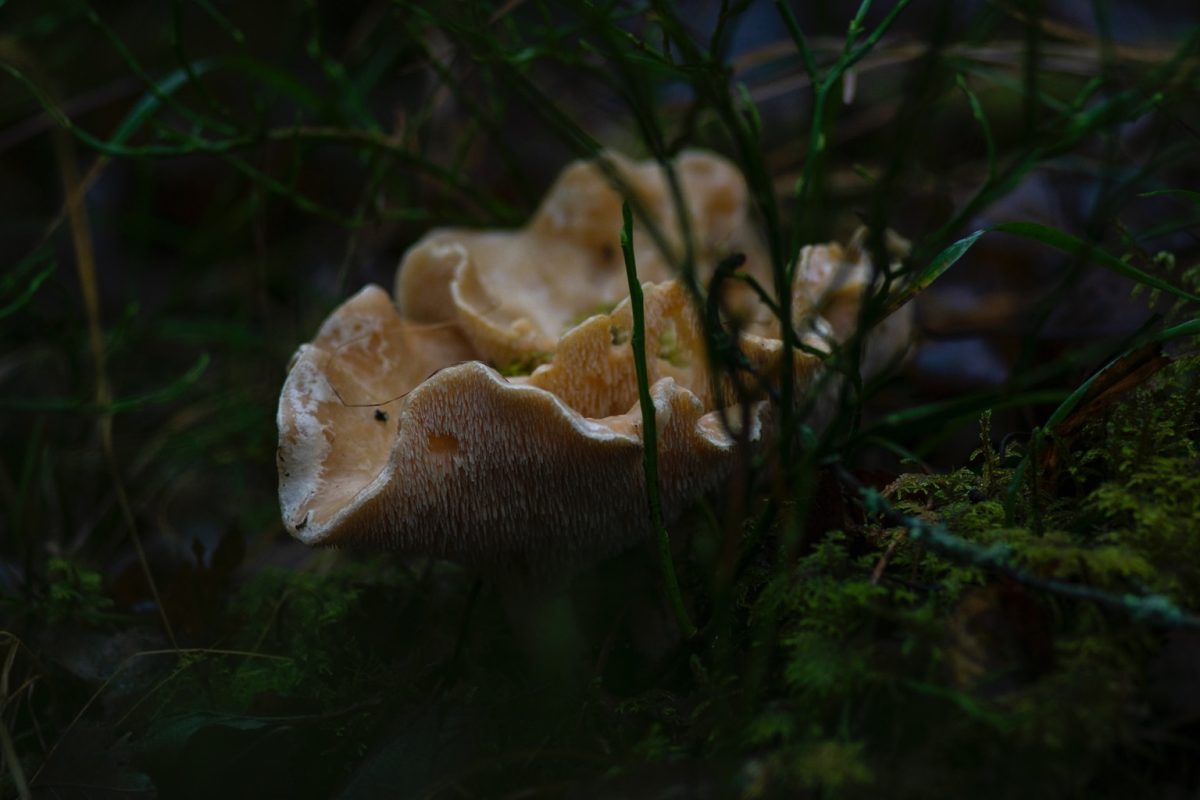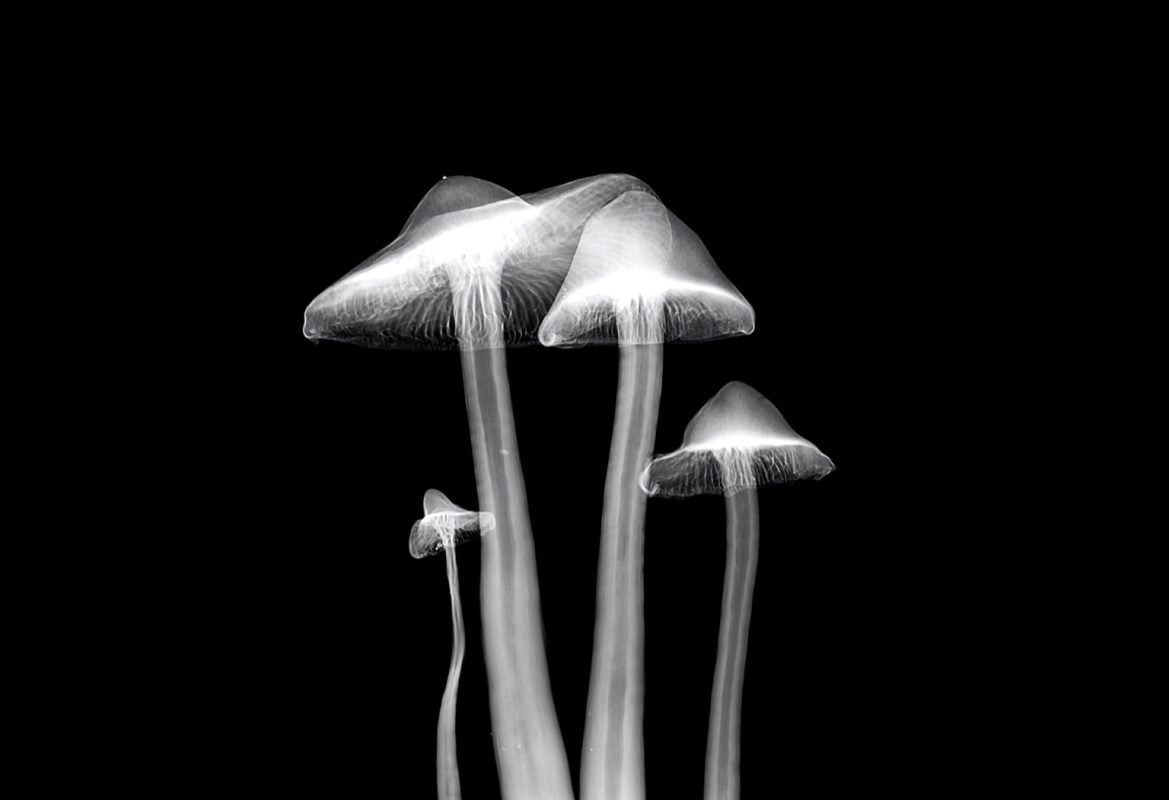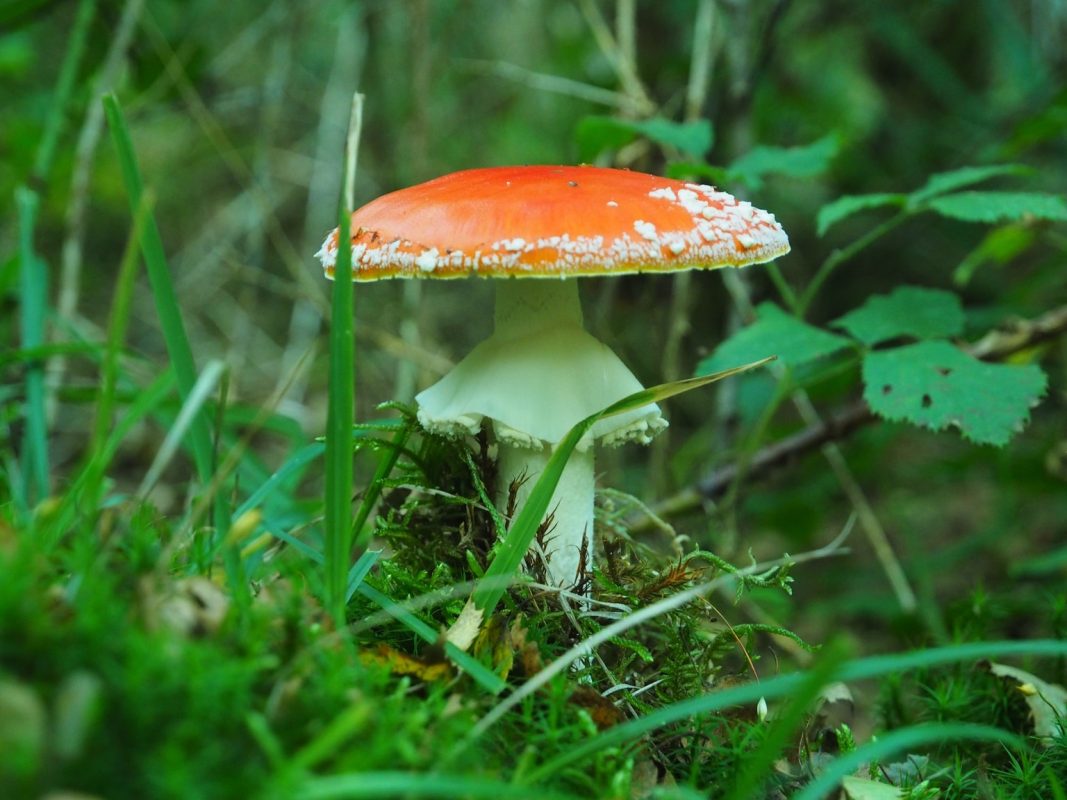Picture this: a hip urban oasis where your morning brew isn’t just a pick-me-up, it’s the secret sauce for growing delicious, eco-friendly oyster mushrooms. Yep, you read that right. We’re diving headfirst into the quirky, sustainable world of cultivating oyster mushrooms on coffee grounds. Whether you're a budding mycologist, a die-hard mushroom coffee enthusiast, or simply someone looking to turn waste into wonder, this guide is your golden ticket. Get ready to upcycle your coffee leftovers into a gourmet mushroom harvest that your friends will envy and Mother Nature will applaud.
Quick Links to Useful Sections
- Why Grow Oyster Mushrooms on Coffee Grounds?
- The Science Behind the Magic
- Gallery of Benefits: Why Oyster Mushrooms?
- Gathering Your Materials: What You’ll Need
- Coffee Grounds
- Sterilized Containers or Bags
- Oyster Mushroom Spawn
- Misting Bottle
- Gloves and a Mask
- Step-by-Step Guide to Cultivating Oyster Mushrooms on Coffee Grounds
- Step 1: Prepare Your Coffee Grounds
- Step 2: Pasteurization, Not a Spa Day for Your Coffee Grounds, but It’s Important
- Step 3: Mixing the Spawn with Coffee Grounds
- Step 4: Bag It, Set It, and Let It Colonize
- Step 5: The Fruiting Phase
- Step 6: Harvest, Enjoy, and Repeat
- Optimizing Your Setup for Maximum Yield
- Ambient Conditions
- Light Exposure
- Sanitation and Contamination Prevention
- Regular Monitoring
- Troubleshooting Your Mushroom Farm: When Things Go a Bit Shroomy
- Mold Invasion
- Slow or Stalled Mycelium Growth
- Low Yield or Poor Mushroom Formation
- Contamination Concerns
- Coffee Grounds: The Unsung Hero of Sustainable Cultivation
- The Life Cycle of Oyster Mushrooms on Coffee Grounds
- Colonization
- Pinning
- Fruiting
- Harvesting
- Urban Farming 101: Integrating Mushroom Cultivation into Your Lifestyle
- Mushroom Coffee: The Ultimate Fusion of Fungi and Caffeine
- Social Media and Community: Sharing Your Fungi Journey
- Resources and Community Support: Your Next Steps
- FAQ: Your Burning Questions Answered
- Your Journey to a Fungi-Powered Future
Why Grow Oyster Mushrooms on Coffee Grounds?
Oyster mushrooms have a rep for being the poster child of indoor mushroom farming, and they’re not hard to love. They’re fast-growing, nutritious, and downright delicious when cooked. But here’s the twist, they thrive especially well on coffee grounds, a substrate that’s rich in nutrients. You might be asking, “Aren’t coffee grounds just yesterday’s brew?” Absolutely, they are! But these repurposed remnants pack the perfect nutrient punch for mycelium to colonize, making them an eco-friendly alternative to traditional substrates.
The synergy between coffee grounds and oyster mushrooms is a match made in compost-heaven. Coffee grounds bring nitrogen and a subtle acidity to the table, two crucial factors for robust mycelial growth. Millennial urban gardeners and Gen-Z eco-warriors have embraced this method as an ultimate act of sustainable DIY: turning your regular cup of java into a full-blown mushroom farm.
Plus, growing your own oyster mushrooms on coffee grounds is not only cost-effective but also super trendy. It aligns perfectly with the upcycling movement, a staple for anyone who’s ever said, “I need to save the planet, one latte at a time!” So, brew that fresh cup and let’s transform your leftover grounds into a fungi fiesta.
The Science Behind the Magic
Before you get your hands dirty (or maybe you'll keep them clean with a little indoor gardening), let’s break down the science. Oyster mushrooms (Pleurotus ostreatus) have a natural predisposition for breaking down lignocellulosic materials, all that’s left in coffee grounds after your espresso shot is a goldmine for these fungi. The mycelium, which is like the root system of mushrooms, colonizes these grounds, absorbing nutrients and eventually forming the fruiting bodies we call mushrooms.
Looking For The Best Mushroom Coffee? You'll Love These:
Coffee grounds aren’t just any old substrate. They’re high in nitrogen, and thanks to their slightly acidic pH, they create an ideal environment for the mycelial network to spread robustly. When paired with the right moisture level and temperature conditions, the coffee grounds transform from a discarded byproduct into a luxurious bed of potential fungi.
Think of it this way: if traditional mushroom growing is like baking a cake, coffee grounds are the secret ingredient that elevates your recipe from good to “gram-worthy.” And with sustainable urban farming becoming increasingly popular, your mushroom coffee DIY project is definitely tapping into a booming trend.
Gallery of Benefits: Why Oyster Mushrooms?
Oyster mushrooms aren’t just another trendy fungus; they come with a variety of unique perks:
- Speedy Growth: Within weeks, you’ll see a full-blown mushroom cluster sprouting up, making them one of the fastest-growing edible mushrooms.
- Superfood Status: Packed with protein, vitamins, and minerals, oyster mushrooms offer a healthful boost to any meal.
- Sustainability: Growing mushrooms on coffee grounds is a brilliant example of urban upcycling, reducing waste while creating a delicious and sustainable food resource.
- Adaptable and Tasty: Their mild, slightly nutty flavor means they complement a variety of dishes, from pastas to stir-fries and even as a stand-alone snack.
- Low Maintenance: Even if you’re not the greenest thumb in the community, these mushrooms are forgiving and resilient.
Embracing the growth of oyster mushrooms on coffee grounds is about more than just the harvest, it’s about joining a movement. It’s a celebration of sustainable, local, and remarkably cool food production methods that add value to what was once considered trash.
Gathering Your Materials: What You’ll Need
Ready to begin your DIY mushroom farm? Before we dive in, let’s get your kit sorted. The good news is that most of these items are likely already lounging around your kitchen or can be easily sourced online or at your local garden center.
Coffee Grounds
Fresh, used coffee grounds are your primary substrate. Whether you’re collecting them from your own home brewing routine or getting some from your favorite local café (ask nicely, and they might just share), ensure they’re free from additives like sugar or flavored creamers.
Sterilized Containers or Bags
Use plastic bags, buckets, or even repurposed containers, just make sure they’re clean and have holes for airflow. For those who love a DIY challenge, repurposed mason jars or even coffee cans can add a vintage twist to your setup.
Oyster Mushroom Spawn
This is the mycelium that will do the heavy lifting. You can purchase spawn online, at specialty garden centers, or craft a connection with local mycology groups. Look for high-quality, organic spawn for best results.
Misting Bottle
Consistent moisture is key to encouraging mycelium spread and mushroom formation. A simple misting bottle helps you maintain ideal humidity without making a mess.
Gloves and a Mask
Keep things sanitary and stylish. Gloves and a mask aren’t just for medical professionals, they’re your tools for preventing contamination and ensuring a successful mushroom harvest.
With these essentials in your arsenal, you're all set to turn your everyday coffee grounds into a luxurious fungi haven. It’s basic DIY that packs a major sustainability punch.
Step-by-Step Guide to Cultivating Oyster Mushrooms on Coffee Grounds
Now that you’re ready, let’s break down the process in a way that’s so easy, you’ll wonder why you didn’t try it sooner. Get your gloves on and follow these steps to create an indoor mushroom farm that’s as Instagrammable as it is bountiful.
Step 1: Prepare Your Coffee Grounds
Begin by collecting fresh, used coffee grounds. Spread them out on a clean surface to allow excess water to evaporate. This “pre-drying” step not only helps to prevent clumping but also minimizes the risk of mold growth once the spawn is added.
Pro tip: If you’re sourcing grounds from your local café, ask them for a “bag of residual grounds” by the end of the day, they’re often more than happy to donate.
Step 2: Pasteurization, Not a Spa Day for Your Coffee Grounds, but It’s Important
Although the idea of a coffee ground spa sounds luxurious, pasteurization is actually essential. This step helps to kill unwanted bacteria and competing fungi. There are several methods:
- Heat Pasteurization: Place the grounds in a heat-safe bag and warm them in an oven at around 160°F (70°C) for about 30 minutes.
- Hot Water Bath: Alternatively, submerge the grounds in hot water (not boiling) for an hour, then drain thoroughly.
Allow the grounds to cool to room temperature before moving on.
Step 3: Mixing the Spawn with Coffee Grounds
Once your grounds are cool and ready to roll, it’s time to mix in your oyster mushroom spawn. Spread the spawn evenly over the grounds using clean hands (or sterile gloves, if you’re really into the process). Mix well so that every nook and cranny of the coffee grounds is inoculated with the mycelium.
This is where the magic begins, imagine the spawn as tiny fungi warriors, ready to colonize every speck of coffee.
Step 4: Bag It, Set It, and Let It Colonize
Transfer the spawn-coffee mixture into your chosen container or bag. If using a plastic bag, tie it loosely to allow for gas exchange, and make a few small holes to facilitate airflow. The container should stay in a warm, dark place (around 70°F or 21°C) to encourage rapid mycelial growth.
Patience is key during this phase. Over the next 10 to 14 days, you’ll notice the coffee grounds turning white as the mycelium spreads its network. This is a visual cue that your fungi factory is in full swing.
Step 5: The Fruiting Phase
After your substrate is fully colonized, it's time to trigger mushroom formation. Shift your bag or container to a location with indirect natural light and increased humidity. Alternatively, use a humidifier or mist the setup regularly to keep the moisture consistent.
Within 5 to 7 days, small pinheads will appear, rapidly evolving into clusters of oyster mushrooms. Now, sit back and watch as your coffee grounds morph into a living, breathing mushroom farm.
Step 6: Harvest, Enjoy, and Repeat
Harvest the mushrooms once the caps begin to flatten out, typically within a week of the fruiting phase. Use a clean knife or simply twist them off gently to avoid disturbing the surrounding mycelium.
Enjoy your bounty in stir-fries, on toast, or even blended into your next cup of mushroom coffee (yes, that’s a thing). With proper care, your substrate might deliver multiple flushes, so don’t be surprised if your harvest keeps on giving.
Congratulations, you’ve just turned recycled coffee grounds into a gourmet mushroom crop, a feat that blends science, art, and sustainable living into one amazingly fulfilling project.
Optimizing Your Setup for Maximum Yield
To truly harness the potential of your mushroom garden, it’s time to talk optimization. Beyond the basic steps, there are a number of tips and tricks that can help maximize the yield and quality of your oyster mushrooms:
Ambient Conditions
Temperature, humidity, and air circulation are paramount. Aim for a steady temperature between 65°F and 75°F (18-24°C). Too cold, and your mycelium might go into “hibernation mode”; too warm, and you risk contamination and stunted growth.
For humidity, a level of around 85% during the fruiting phase works best. Regular misting or a dedicated humidifier can help maintain optimal conditions. And don’t forget about air circulation, stagnant air could favor unwanted mold growth.
Light Exposure
Although mushrooms don’t rely on light for photosynthesis, a smidge of indirect natural light helps them orient their growth and develop uniformly. Avoid direct sunlight, though, as it can overheat your setup and dry out the substrate.
Sanitation and Contamination Prevention
A little extra cleaning goes a long way. Sterilize your containers, tools, and even your work space before mixing in the spawn. Contaminants lurking in your substrate can compete with the mycelium, so maintaining high hygiene standards is key.
Regular Monitoring
Keep a daily journal or use a smartphone app to log temperature, humidity, and mycelium progress. This not only helps you troubleshoot potential issues early on but also turns your growing journey into a documented, shareable adventure.
These little tweaks can make a world of difference in your yield, transforming your indoor mushroom farm into a reliable source of fresh, eco-friendly fungi.
Troubleshooting Your Mushroom Farm: When Things Go a Bit Shroomy
Even the most diligent growers encounter hiccups, so don’t panic if your mushroom project hits a snag. Here are some common challenges and how to overcome them:
Mold Invasion
Mold is the arch-nemesis of any mushroom grower. If you notice any fuzzy patches of green, blue, or black on your substrate, it could be a sign of dangerous contamination. To remedy this, increase ventilation, adjust your humidity levels, and consider removing the affected portion if the infestation isn’t widespread.
Slow or Stalled Mycelium Growth
Sometimes the mycelium might appear to be taking its sweet time to colonize. Check that your substrate is evenly pasteurized and that your temperature and moisture levels meet the optimal ranges. If needed, gently mist your substrate or relocate it to a warmer spot.
Low Yield or Poor Mushroom Formation
If your mushrooms are small or sparse, it might be an issue of nutrition balance in your substrate or insufficient humidity during the fruiting phase. Consider mixing in a small percentage of supplementary organic material (like straw) to boost the substrate’s overall nutritional profile.
Contamination Concerns
It’s essential to trust your gut, and your senses. If the smell isn’t right or if the appearance seems off, it might be best to dispose of the substrate to prevent the spread of harmful bacteria or fungi. Hygiene is paramount, so when in doubt, start fresh.
Remember, troubleshooting is part of the fun and learning curve of this art. Each setback teaches you more about the delicate balance required to coax nature into producing a delicious harvest.
Coffee Grounds: The Unsung Hero of Sustainable Cultivation
Let’s give credit where credit is due. Coffee grounds are not just leftovers; they’re the powerhouse substrate that makes this entire process eco-friendly and efficient. Here’s why they’re a win-win:
Firstly, coffee grounds are abundant and accessible. Whether you brew at home or pick them up from local cafes, these grounds are often discarded when they could be put to better use. Instead of clogging up landfills and generating waste, they’re repurposed into a medium that’s perfect for mushroom growth.
Secondly, coffee grounds are rich in nutrients. Their nitrogen content and organic compounds provide an ideal environment for mycelial expansion. This nutrient profile not only supports robust mushroom growth but also infuses your fungi with a unique flavor profile that smells faintly of your best espresso.
Finally, using coffee grounds is a high point in urban sustainability. It’s a practical demonstration of the circular economy, one person’s trash becomes another’s treasure. It’s no wonder that mushroom enthusiasts and urban gardeners alike are buzzing about the potential of this simple yet transformative resource.
The Life Cycle of Oyster Mushrooms on Coffee Grounds
Understanding the life cycle of oyster mushrooms can demystify the entire process and help you fine-tune your growing conditions. Let’s break it down into simple, relatable steps:
Colonization
This is the phase where the spawn takes over the coffee grounds. Over the course of 10-14 days, the white, fibrous mycelium spreads steadily through the substrate, asserting its dominance and preparing for the next phase.
Pinning
After colonization, tiny pinheads start to form. These small protrusions are the first signs of mushroom fruiting bodies beginning to develop. This is your are-you-sure-this-is-happening moment.
Fruiting
As the pinheads grow, they open up into full-fledged oyster mushrooms. Maintaining the right balance of humidity and fresh air is key during this stage, as it directly influences the size, texture, and flavor of your mushrooms.
Harvesting
When the caps start to flatten and the edges curl slightly, it’s time to harvest. The mushrooms are best enjoyed fresh, though they can be dried or even frozen for later culinary adventures.
Observing the life cycle not only makes you feel more in tune with nature but also empowers you to make timely adjustments for maximum yield and quality.
Urban Farming 101: Integrating Mushroom Cultivation into Your Lifestyle
Urban farming is more than a trend, it’s a lifestyle statement. By growing oyster mushrooms on coffee grounds, you’re not only enjoying a productive hobby but also making a sustainable, environmentally conscious choice that resonates with your urban values.
Whether you live in a compact apartment or a spacious urban loft, this form of indoor gardening can be seamlessly incorporated into your daily routine. It’s a practical way to reconnect with nature amidst concrete jungles, reducing your carbon footprint one mushroom at a time.
Urban farming with mushrooms is about maximizing limited space and resources. With a few simple adjustments, you can convert your kitchen counter, porch, or even a repurposed closet into a mini mushroom farm that delivers both culinary delights and a satisfying DIY project.
Mushroom Coffee: The Ultimate Fusion of Fungi and Caffeine
If you thought coffee and mushrooms couldn’t be more synergistic, brace yourself for the emerging trend of mushroom coffee. This innovative beverage blends the energizing effects of caffeine with the health-boosting benefits of medicinal mushrooms, including oyster mushrooms.
Mushroom coffee has amassed a cult following among health-conscious Gen-Zers and millennials who seek alternative ways to boost immunity and focus. While our focus here is on growing the mushrooms, imagine the satisfaction of brewing a cup of coffee that not only wakes you up but also supports sustainable living, grown with your own hands!
Incorporating mushroom coffee into your daily routine is the ultimate expression of modern foodie culture. Experiment with blending your harvest into a robust brew, and share your results on social media. With hashtags like #FungiFuel and #UpcycledBrew, you’re not just sipping coffee, you're joining a movement.
Social Media and Community: Sharing Your Fungi Journey
No modern DIY project is complete without a dose of social media savvy. Documenting your journey from coffee grounds to a vibrant mushroom harvest is a great way to inspire others and share practical tips. Instagram, TikTok, and YouTube are perfect platforms to showcase your progress, create how-to videos, and even host live Q&A sessions.
Join online communities, forums, or local urban farming groups to swap success stories, troubleshoot challenges, and celebrate each fungal milestone. Engaging with a community of like-minded eco-enthusiasts can turn your solitary project into a dynamic, ever-evolving conversation about sustainability, creativity, and innovation in urban agriculture.
The best part? You might just find your next collaborator or even a mentor who introduces you to advanced techniques. Plus, nothing says “cool” quite like a feed full of vibrant photos of your indoor mushroom garden!
Resources and Community Support: Your Next Steps
As you venture deeper into the wild, wonderfully quirky world of growing oyster mushrooms on coffee grounds, don’t forget to tap into available resources and supportive communities. Numerous online forums, YouTube tutorials, and local urban gardening workshops can provide valuable insights and troubleshooting tips.
Whether you’re a beginner or an intermediate urban farmer, engaging with experts and fellow enthusiasts elevates your experience. Check out websites, social media groups, and even local community centers that offer hands-on training sessions. Utilize platforms like Reddit’s urban farming threads or Facebook groups dedicated to mushroom cultivation to connect, learn, and share your progress.
Continuing education and community engagement are the keys to long-term success in sustainable mushroom farming. When you share your journey, you help boost environmental awareness and encourage others to adopt greener practices.
FAQ: Your Burning Questions Answered
We know you’ve got questions, and we’re here to answer them. Check out the most common queries from fellow fungi fanatics:
1. How do coffee grounds benefit oyster mushroom growth?
Coffee grounds are rich in nitrogen and provide an ideal pH for mycelial expansion. Their nutrient-dense profile makes them a perfect substrate, encouraging rapid and robust mushroom development.
2. What is the best method to pasteurize coffee grounds?
You can oven-pasteurize the grounds at around 160°F (70°C) for 30 minutes or submerge them in hot water for about an hour. Cooling them down afterward is essential before adding the spawn.
3. How long does it take for the mushrooms to form?
After inoculation, allow 10-14 days for colonization followed by 5-7 days for the fruiting phase, though timing may vary depending on ambient conditions.
4. Can I reuse the substrate after harvesting mushrooms?
With proper care and residual nutrients, you might get multiple flushes from your substrate. However, each subsequent harvest could yield slightly smaller mushrooms.
5. What should I do if I notice mold on my substrate?
Mold indicates excess moisture or contamination. Increase airflow, adjust humidity, and if necessary, remove the affected area to prevent further spread.
6. Is special equipment necessary to start?
Not at all! Basic items like used coffee grounds, a container, misting bottle, and fungus-friendly spawn are all you need to begin. Sterility and a love for green DIY are your best tools.
7. How can I track my progress?
Use simple methods like journaling daily observations or leveraging smartphone apps designed for indoor gardening. Tracking conditions and growth patterns allows you to fine-tune your process for optimum yield.
8. Can I grow mushrooms with flavored coffee grounds?
It’s best to stick with plain, used coffee grounds, as additives can disrupt the nutritional balance and favor contaminants over healthy mycelial growth.
9. Will the mushrooms have a coffee-like taste?
Although the substrate can impart subtle nuances in flavor, high-quality oyster mushrooms retain their naturally earthy, umami-rich taste.
10. What are some common mistakes to avoid?
Common missteps include overwatering, poor ventilation, and neglecting sanitation. Keeping these in check ensures a healthy, thriving mushroom culture.
Your Journey to a Fungi-Powered Future
Growing oyster mushrooms on coffee grounds isn’t just a gardening hack, it’s a revolution in sustainable urban living. With every harvest, you affirm your commitment to upcycling, environmental stewardship, and creative self-sufficiency. This journey is part science experiment, part culinary adventure, and all heart.
Embrace the process with a fearless, fun-loving spirit. Document your progress, share your quirky successes and learning moments on social media, and ride the wave of a fungal revolution that’s changing the way we interact with food, waste, and creativity.
Your inner eco-warrior has just found its new calling: turning yesterday’s coffee into tomorrow’s gourmet delight. So here’s to a future that’s not only greener but also a lot more fun, one oyster mushroom at a time.
Whether you’re sipping on mushroom coffee or savoring a stir-fry, every bite is a reminder that you’re part of a community that values sustainability, ingenuity, and the joy of living in harmony with nature. Get out there, experiment, and let your foray into mushroom cultivation be a testament to a creatively sustainable tomorrow.
Looking For The Best Mushroom Coffee? You'll Love These:
Useful Interruption: Dive deeper into the world of Mushroom Coffee with our most popular sections. If there is anything you think is missing or anything you would love for us to write about, just give us a shout.
- Mushroom Coffee Equipment & Product Reviews
- Mushroom Coffee Recipes & Creative Variations
- Mushroom Coffee Guides & Troubleshooting
- Mushroom Coffee Brewing & Preparation Techniques
- Model Rocket Advanced Rocketry & Innovations
- Mushroom Coffee Fundamentals
- Model Rocket Equipment Reviews & Digital Tools
- Mushroom Coffee Health Benefits & Wellness
- Mushroom Coffee Mycology & Scientific Insights
- Mushroom Coffee Community, Lifestyle & Engagement
I tried mushroom coffee this morning and told my friend, "This brew is spore-tacular!" He shot back, "Guess that's why it's such a cap-tivating way to kickstart your day!"

